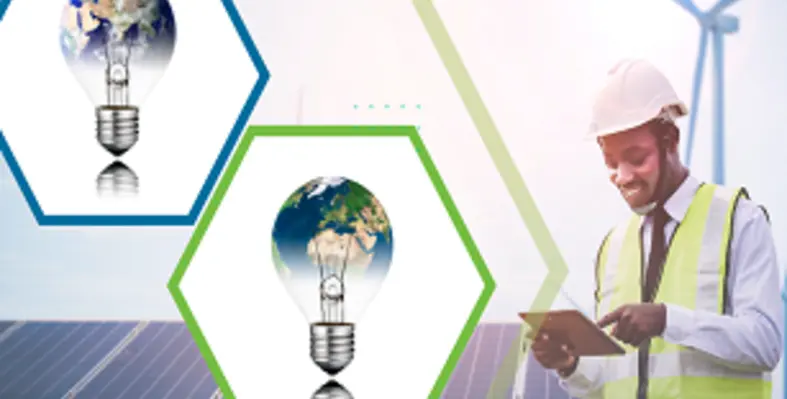With Africa struggling to exploit its boundless renewable energy potential, experts from Synergy Consulting explain how India is setting a great example to help attract investment and bring projects online
Africa added more than 26GW of renewable energy capacity and had an average of US$5bn in investments between 2010-2020 (while US$0.5bn average investment was made from 2000-2009), according to a study by International Renewable Energy Agency (IRENA). Despite this growth, only 2% of global investments in renewable energy over the last two decades were made in Africa. There still is gaping inequality in access to clean energy, specifically in sub-Saharan Africa, with little to no progress.
The disparity can be attributed to some of the key challenges that investors face in Africa, namely uncertain policies, inadequate infrastructure and grids, the unstable financial situation of the off-takers, currency fluctuations, limited access to private and foreign financing, corruption as well as social unrest.
Based on the experience of Synergy Consulting in advising several countries on the procurement side across the world, a developing country like India is a good example of demonstrating significant success in solving its power problem by mitigating some of these challenges.
Summarised below are a few of the key challenges some African countries are facing as well as learnings that could be replicated from India:
Uncertain policies:
• Uncertain policies and frameworks are one of the major impediments to Africa’s growth. While some African countries have introduced reforms and formulated policies and regulations – an example being the REIPPPP Rounds in South Africa – these still need to be implemented appropriately.
• India has been successful in transitioning from an unpredictable policy environment to having well-defined and structured policies that are formulated after extensive consultation with stakeholders, such as the Solar Energy Corporation of India (SECI) Tenders, National Infrastructure Pipeline, National Green Hydrogen Mission, and Draft National Electricity Policy 2021.
Transmission and distribution infrastructure:
• The African continent, in general, faces challenges from low electricity access due to poor distribution networks.
• Despite having huge energy generation potential, some countries in Africa are unable to increase installed capacity due to inadequate transmission and distribution capacity.
• While developing generation capacity, India simultaneously focused on enhancing the transmission infrastructure of the country. It had established a nationwide synchronous power grid by interconnecting all five regional grids by 2013. India is further working on adding 27,000 circuit km of interstate transmission lines by 2024 in view of its ambitious target of achieving approximately 500GW renewable generation capacity by 2030.
High import costs:
• Despite being rich in mineral resources, Africa faces the challenge of inadequate industrial resources to process its own raw materials. As a result, a high proportion of the technology required for renewables has to be imported, adding a strain on the country’s forex reserves.
• Under the ‘Make in India’ initiative, the Indian government is pushing for the indigenisation of the renewable energy value-chain. One such initiative is the Production Linked Incentive Scheme in manufacturing of PV panels. This push is aimed at reducing the forex exposure of the developers and reducing the stress on the country’s forex reserves.
Lack of foreign and private capital:
• According to a UN report, Foreign Direct Investment (FDI) in Africa accounted for only 5.2% of global FDI in 2021, out of this share, the majority of it was in South Africa.
• Except for some critical and sensitive sectors, India has enacted investor-friendly policies to attract private and foreign capital. The introduction of 100% FDI through the automatic route resulted in a manyfold increase in foreign investment in Indian Infrastructure projects.
Project monitoring and transparency:
• A majority of African countries would benefit from a transparent project monitoring and update platform such as the REIPPPP programme in South Africa.
• ‘India Investment Grid’ is an example of a real-time investment and project monitoring platform helping investors explore high potential, big-ticket, strategically important opportunities, viewing timelines, tracking progress, and gaining an in-depth understanding of the partnership opportunities under each project.
The African continent has an enormous renewable energy generation potential as well as abundant mineral resources essential for the production of electric batteries, wind turbines, and other low-carbon technologies. Reform implementation will enable Africa to tap into the virtually unlimited potential to amply meet its energy demand.
This article is authored by Synergy Consulting IFA.





